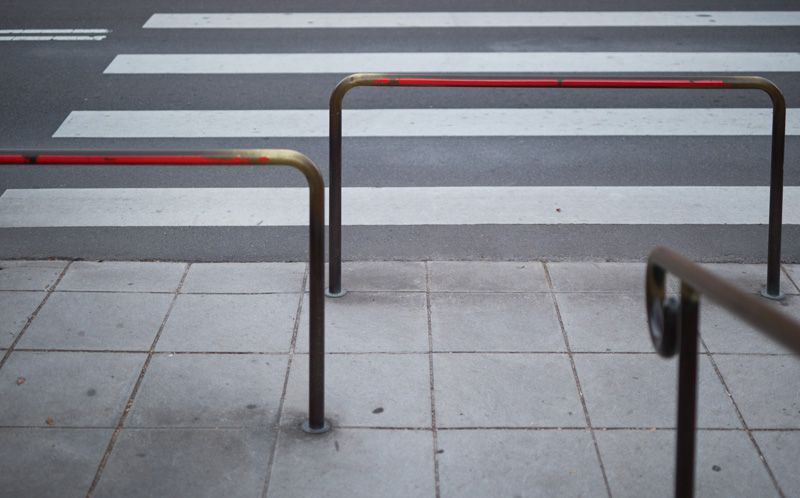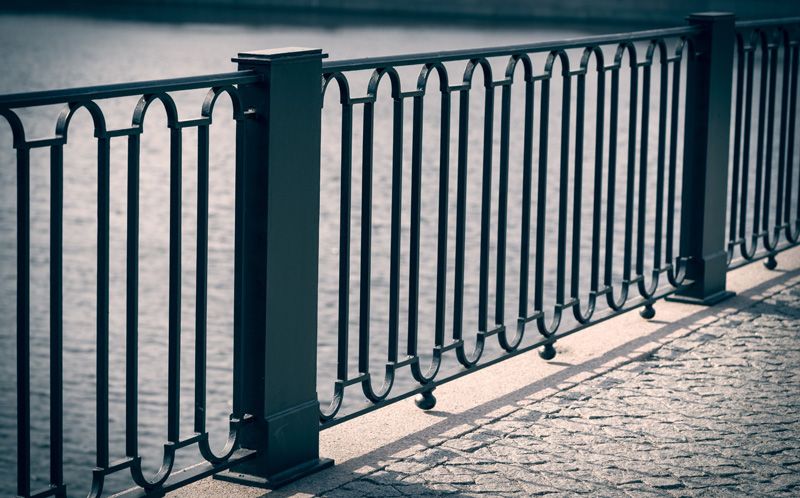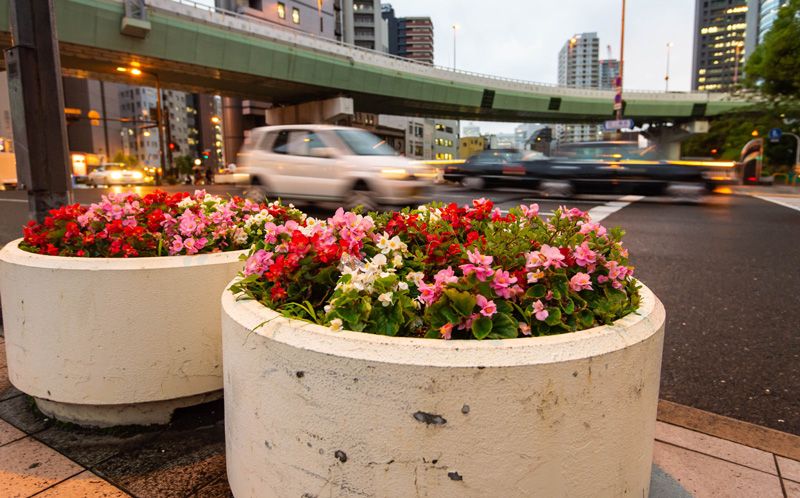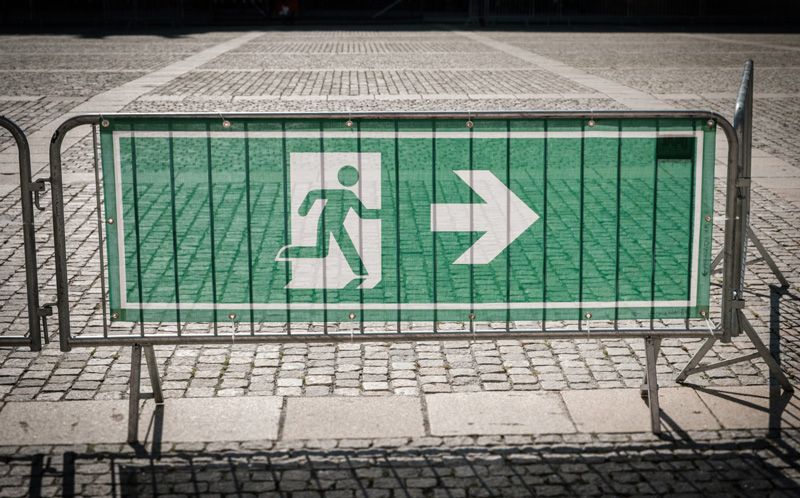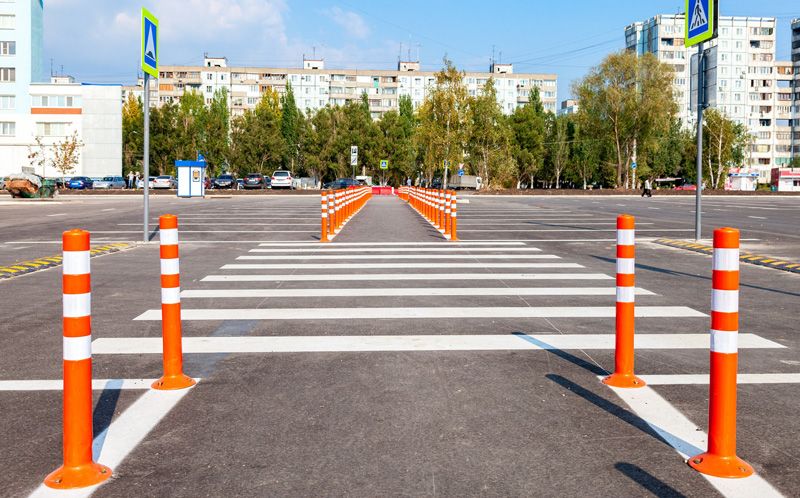Road Barriers: What Are They and How Are They Used
Road barriers improve the flow of traffic while keeping pedestrians, cyclists and construction workers safe.
They are primarily used by government, transportation, highway and road authorities. Other key users include construction companies, airports, event organizers, military facilities, logistic companies and more.
Road barriers come in many different shapes and sizes, and can also be referred to as:
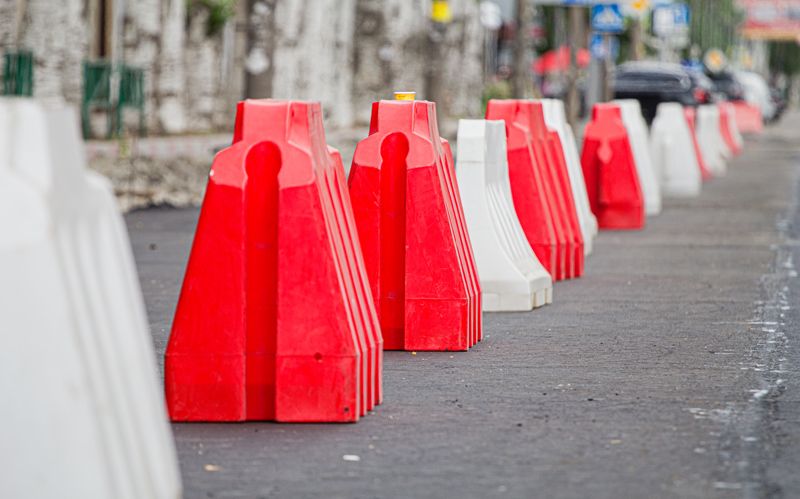
- Traffic Barrier
- Safety Barrier
- Road Blockade
- Cable Barrier
- Guardrail
- Crash Barrier
- Median Barrier
- Road Divider
- Fence Barrier
- Road Bollard
- Road Fence
- Road Guard
- Road Block
- Road Segregator
- Vehicle Barrier
- Road Separator
- Jersey Barrier
Although road barriers come in many shapes and sizes, they all serve one common purpose: keeping pedestrians, cyclists, construction workers and drivers safe.
To try and simplify things, in this article we will be covering three different categories of road barriers.
Traffic Barriers
Jersey Barriers
Jersey barriers are modular concrete or plastic barriers often used to divide lanes, manage traffic flow, and protect construction zones. They can be filled with water or sand for added stability.
When you’re on a road trip and pass a construction zone, chances are you will be passing at least a couple of jersey barriers being used to divide traffic lanes or close a lane altogether. And although at the time it may seem like an inconvenience, these barriers are great for keeping drivers and construction workers safe.
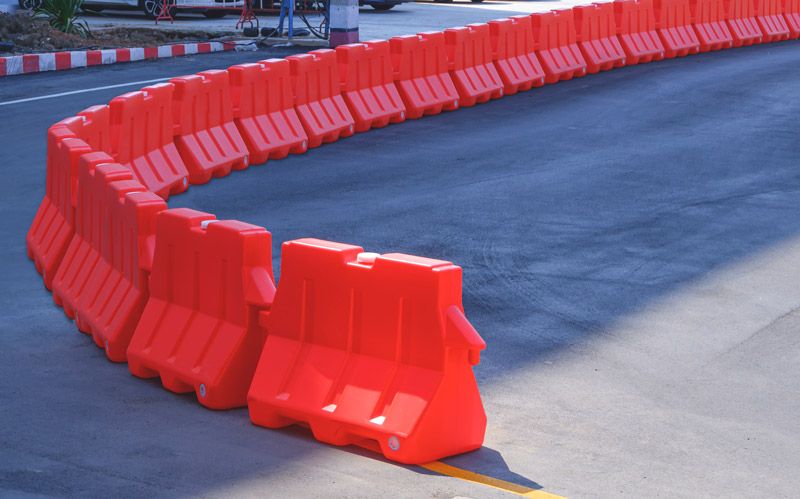
Jersey barriers are usually used for restricting traffic flow in both directions, if you are looking for one way barrier solutions, see Roadshark International’s LPC One Way Barrier.

Concrete Barriers
Concrete barriers are a type of jersey barrier. These barriers provide a long-term solution for separating a roadway, whereas plastic jersey barriers are more suited for temporary solutions. As the name suggests, they are made of concrete and can withstand higher force and harsher conditions than a jersey barrier.
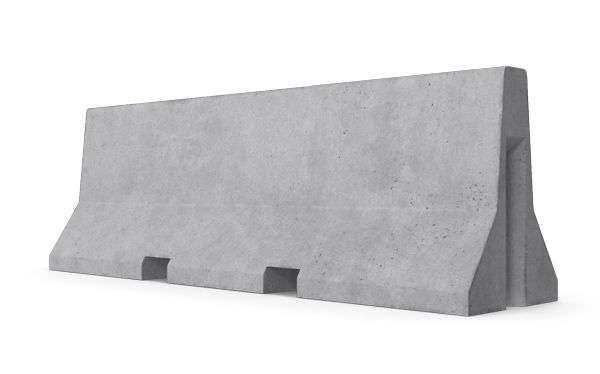
Guardrails
Another common type of road barrier is guardrails. Typically made of steel, guardrails prevent vehicles from leaving the roadway and colliding with obstacles. They are almost always used in areas where the terrain beside the road can be dangerous for drivers, like on roads with bodies of water or steep cliffs.
Guardrails come in a few different shapes and sizes. Two of the most commons types of guardrails are A beam barriers and W beam barriers. Each named after the shape they make when constructed.

Cable Barriers
Cable barriers are often used in similar situations where a guardrail would be used, but it’s important to look at each individual scenario to determine which option is best. Designed to reduce the severity of crashes and enhance overall road safety, guardrails are made of steel cables tensioned between posts, forming a flexible barrier that can absorb and redirect the energy of a vehicle upon impact.
Because they are flexible, they require more space than a guardrail. For this reason, guardrails are often a better choice for roads running along steep cliffs or bodies of water.
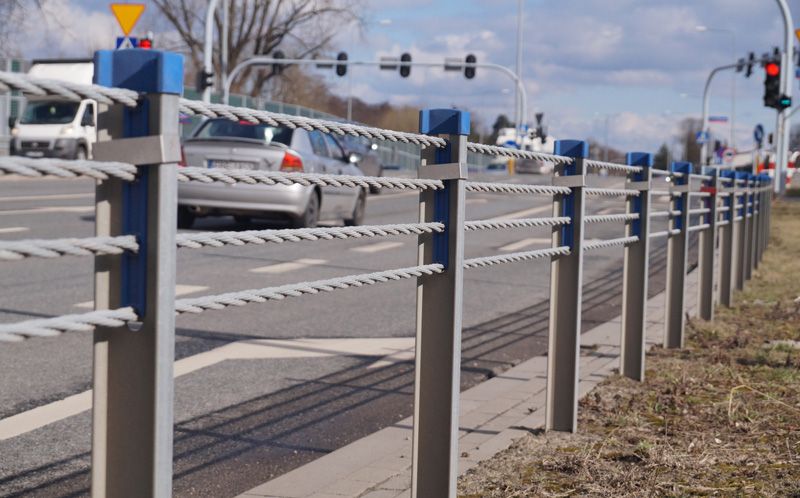
Pedestrian Barriers
Pedestrian barriers are designed to separate pedestrians from vehicular traffic or to guide pedestrians along designated pathways. They play a crucial role in enhancing pedestrian safety and managing the flow of foot traffic, especially in urban areas, busy streets, and places where pedestrians and vehicles interact.
Pedestrian barriers can look like conventional road barriers, but can also blend into the architecture in urban areas. Some common types of pedestrian barriers include fences, planters, railings, bollards, and more.
Road Construction Barriers
Major road construction projects require extensive signage and barriers to keep workers, pedestrians and drivers safe. High visibility is important for construction sites, so road construction barriers are usually made of reflective materials that make them easy to see at all hours of the day.
To simplify things, road construction barriers are grouped into three categories. They are all very similar, just differing by the number of reflective rails used to hold the frame together.
Type 1 road construction barriers
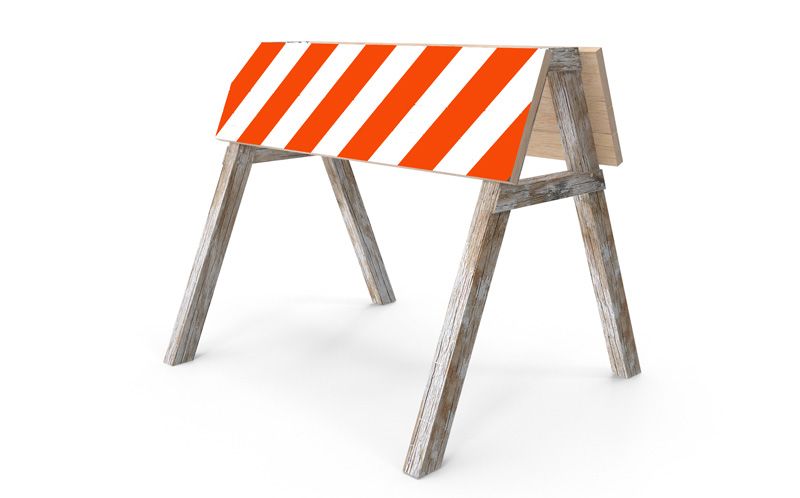
Type 2 road construction barriers

Type 3 road construction barriers
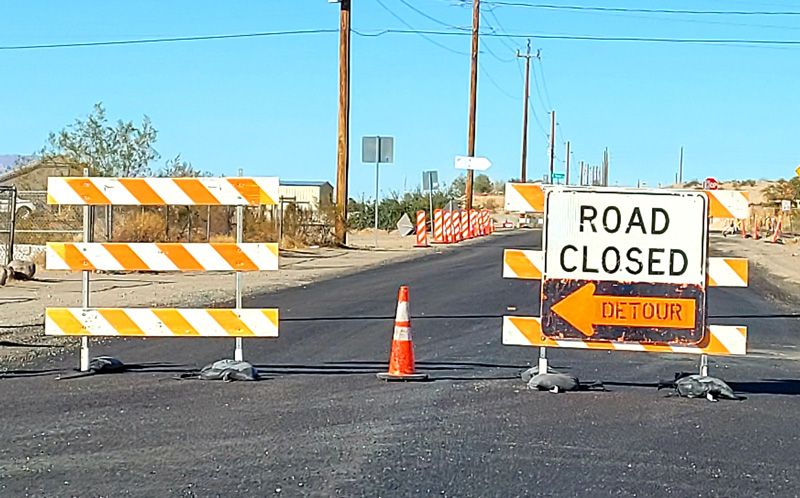
Where Can You Get Road Barriers?
You can get road barriers from various security, traffic and highway equipment distributors, with some businesses having their products online and in physical retail locations. Because of the nature of these products, it is usually a good idea to reach out to the distributor directly if you plan to buy in bulk, as the quotes they can provide you may vary from the prices that you see online.
How Much Do Road Barriers Cost?
Because there are so many types of road barriers, the price can vary heavily depending on what type you need and how many you are getting. Once again, it is always best to reach out to road barrier distributors directly as they can get you an accurate quote based on your specific needs.
Alternatives to Road Barriers
Road barriers work great for the purpose they were designed for. However, there are many situations where traditional road barriers might not be the best choice. Roadshark International manufacturers a variety of traffic control solutions for settings such as parking lots, arenas, military bases, gated communities and more. Check out some of our products below.
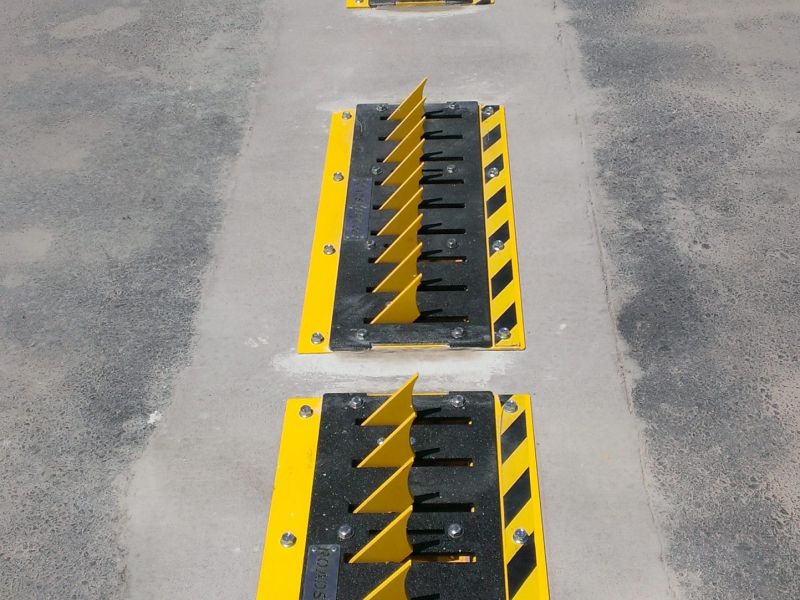
LPC One Way Barrier
These barriers are easily installed and control the direction of traffic. They are the first line of defense at over 100 military sites and high security facilities
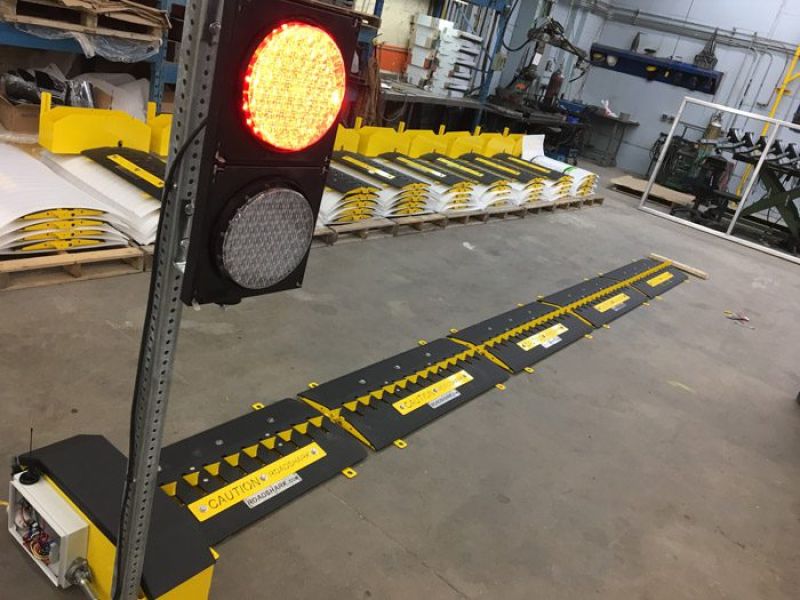
Electric Barriers
Roadshark electric barriers provide enhanced security for parking lots, gated communities, military bases, and more.

TigerTeeth Surface Mount Traffic Spikes – TT38 & TT48
A surface mounted oneway barrier. Low blade height makes it ideal for parking lots, exits and gated communities.
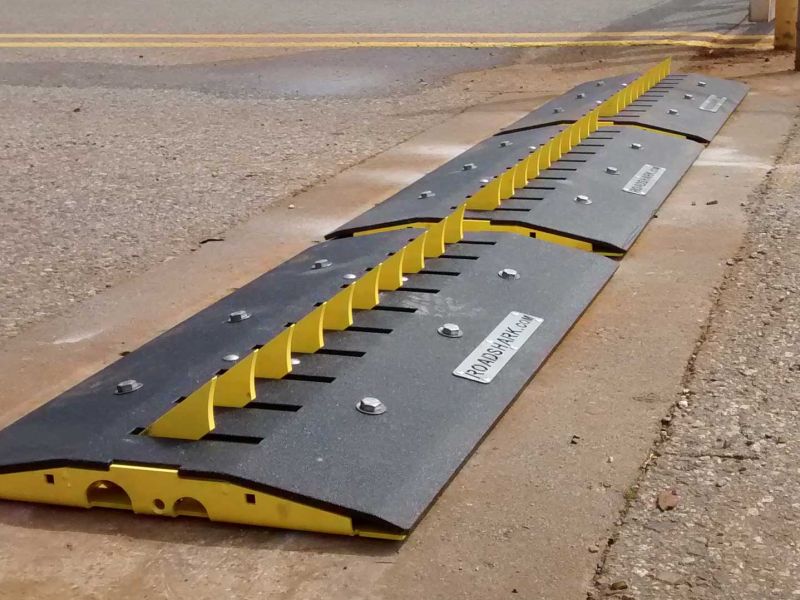
Surface Mount Traffic Spikes – SM38 & SM48 – Blade Height 4.25″
A surface mounted oneway barrier with a base height of 2.0″inches, equal to a common speed bump.



